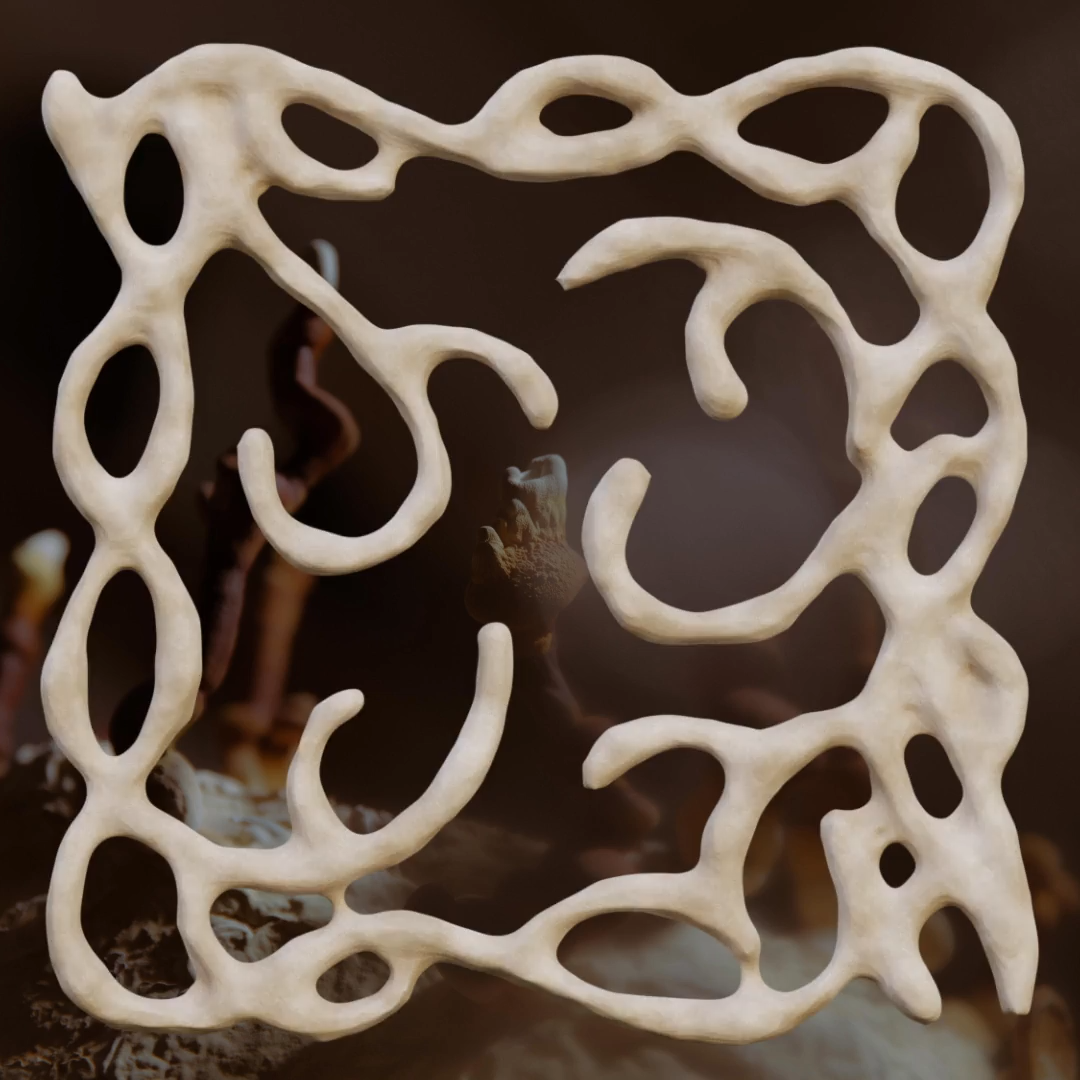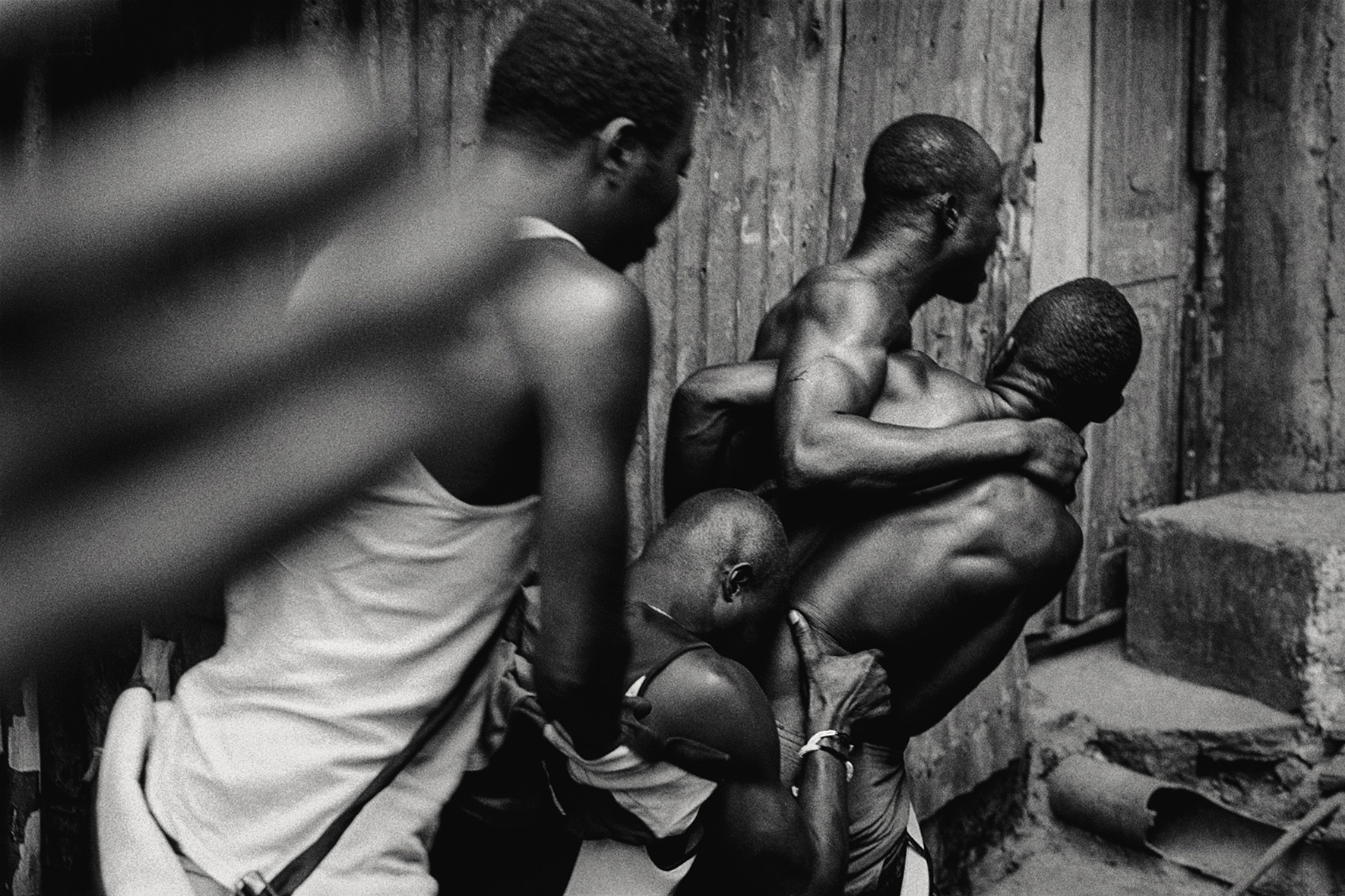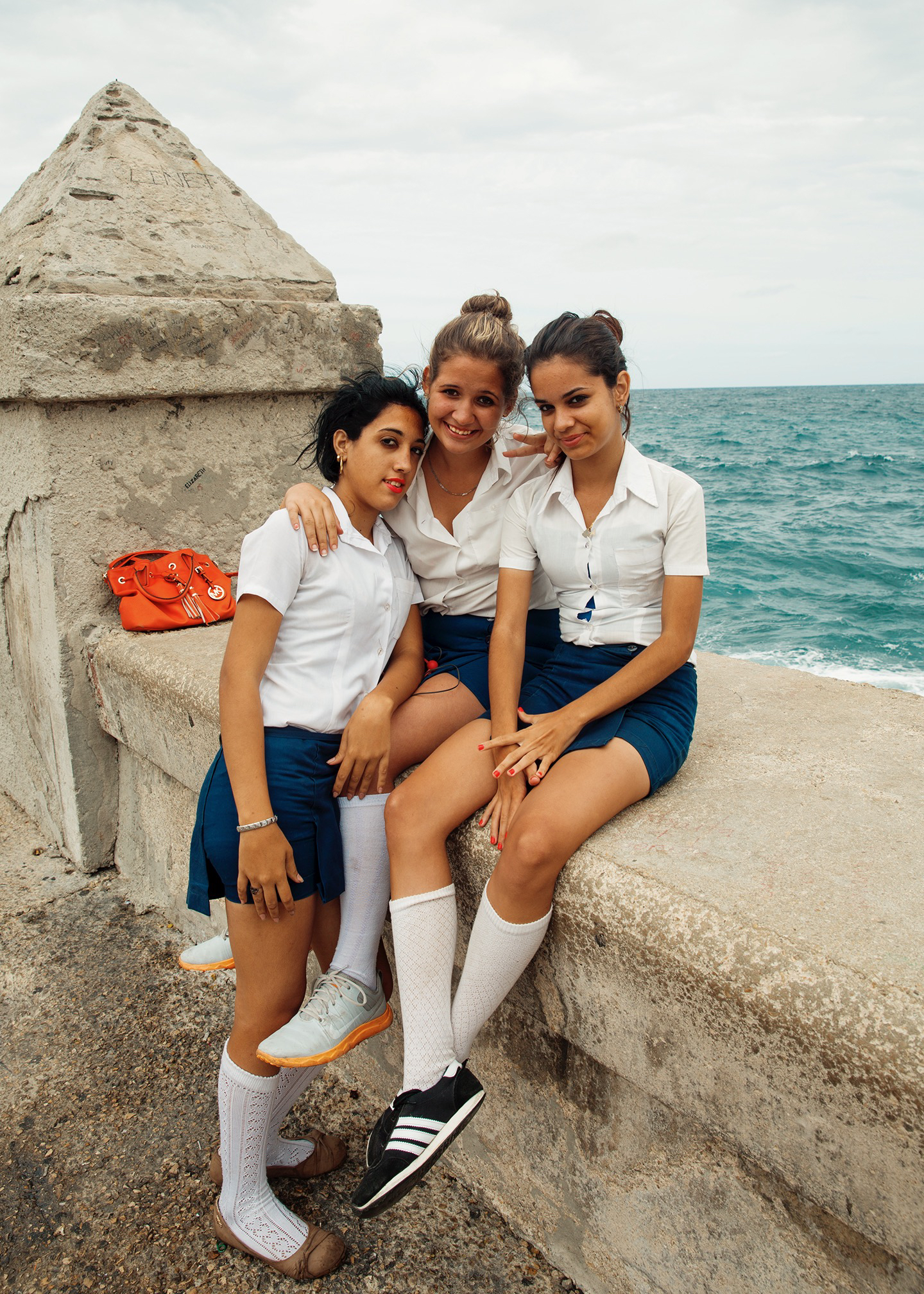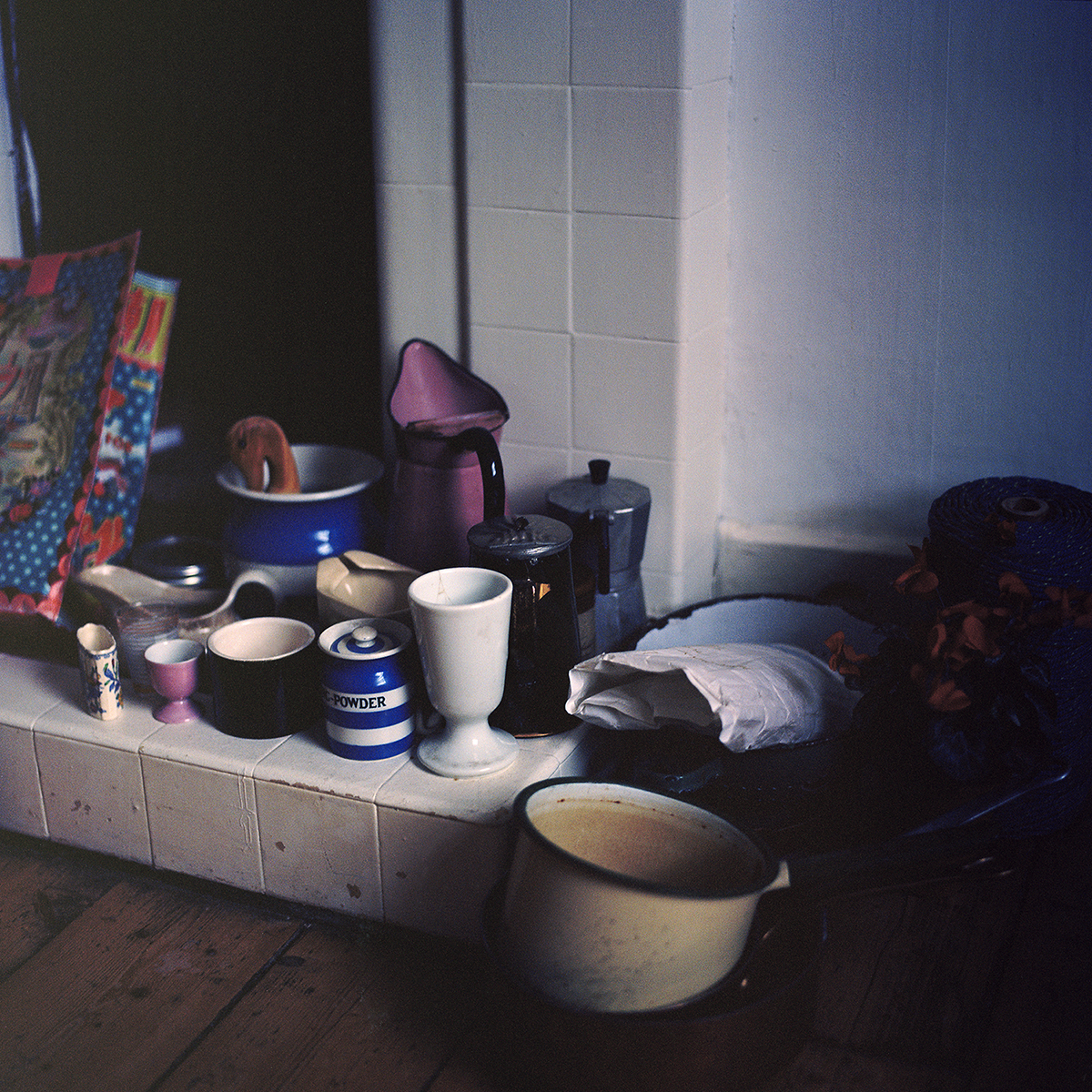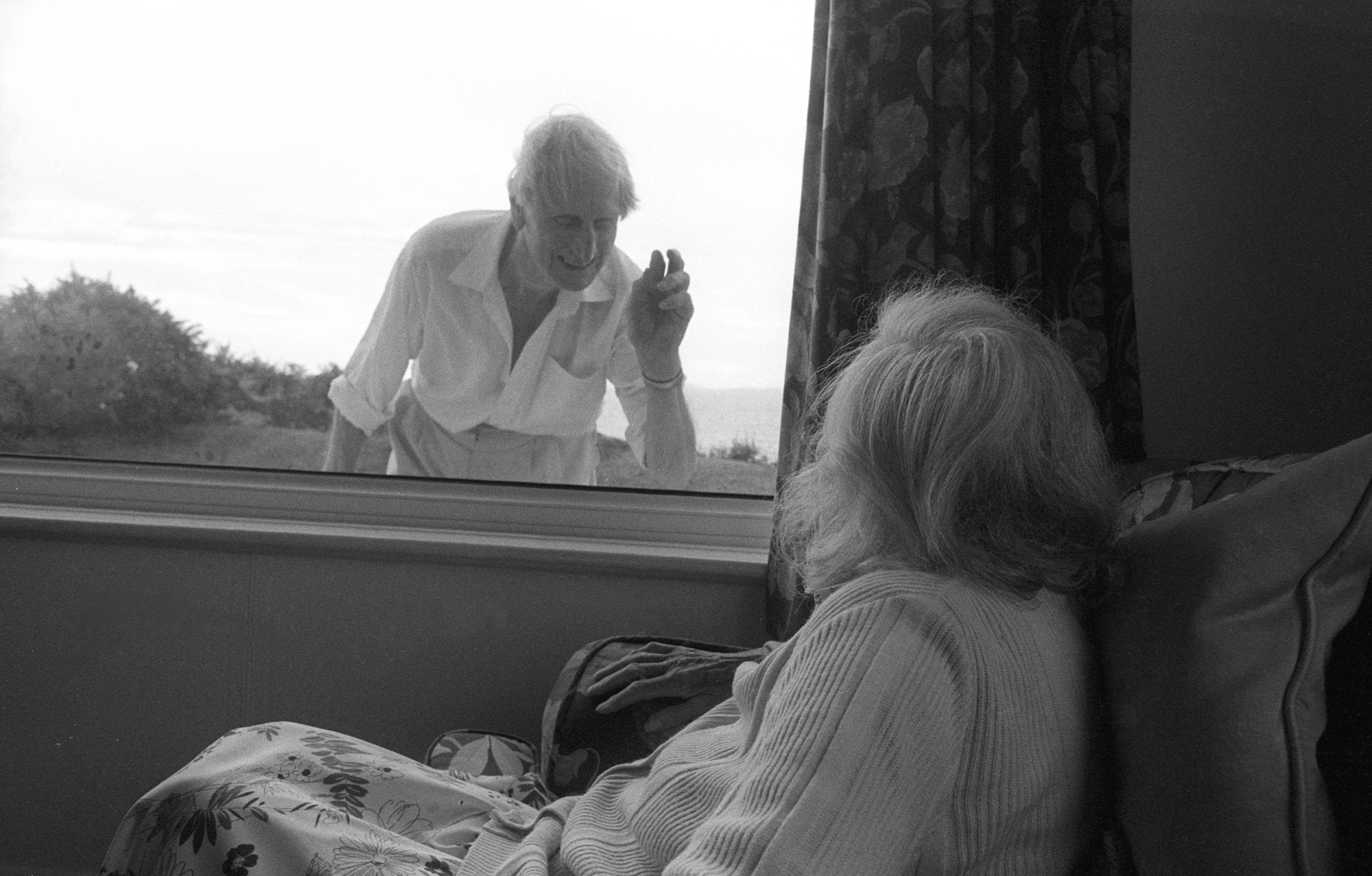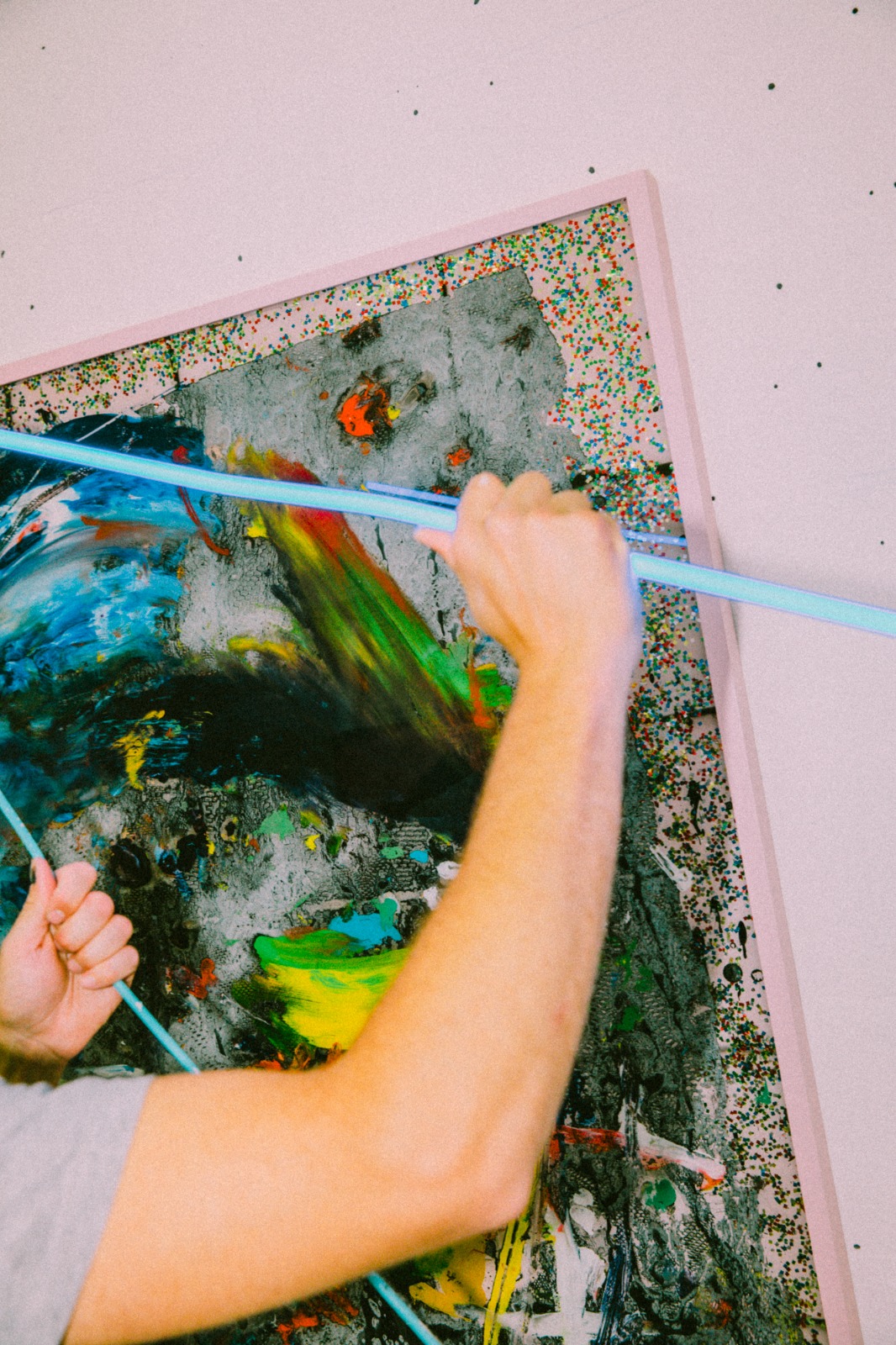Since establishing San Francisco-based boutique brand strategy and design studio, Landscape, in 2009, Adam has been at the forefront of partnering with innovative brands committed to social and environmental good. His forward-thinking approach also extends beyond traditional studio spaces: DOG, an experimental project space within Landscape's studio, celebrated its first anniversary this April. Transforming the concept of a creative studio, it offers a platform that fosters connection, creativity, and exploration, through inclusive exhibits, such as floral design, and underground music. Challenging our relationship with built environments, DOG exemplifies the potential of a studio space to support artists and engage with the community.
We recently spoke with Adam to discuss his journey in the design industry, the power of design for positive change, and the future of creative studios.
Can you tell us about your journey in the design industry, from an intern to the founder of Landscape? What were some of the biggest challenges you faced along the way, and how did you overcome them?
My journey in the design industry has been guided predominately by intuition. When I set out to attend college, I assumed mechanical engineering would be more akin to the realities of industrial design – inspired by my love of cycling and the associated product design. For similar reasons, I explored architecture, and my interest in apparel introduced me to an elective in graphic design. Perhaps upon reflection – design has allowed me to participate broadly across my interests as they’ve evolved, and perhaps that’s why it has stuck.
My first internship at Interbrand was a product of my connections from school, interests in branding, as well as in living in New York. My first job as a Designer at Burton Snowboards was a dream job based on my interest in the outdoors. I left Burton when feeling that there was a disconnect between the sport’s dependence on the environment and their level of commitment to a sustainable future at the time. I then joined a small digital boutique called Ordinary Kids rather than taking a job at IDEO because it was an opportunity to learn digital and ultimately a formative experience in understanding the dynamics of running a small design practice. At OK we created outsized, super creative and expressive work for Tracy Chapman, Nike, Stussy and other cultural fixtures. My last job prior to founding Landscape was working at Method, a storied digital innovation company working with clients like Heath Ceramics and Google. Here, learning how to architect digital systems for complex services – from banking and AI-based-tools to content discovery to commerce and so on.
The challenge is perhaps that if you’re pursuing a passion, you are likely pushing yourself enough to grow consistently. So you’re essentially existing on a growth edge all the time, enabling access to more exciting opportunities and thereby consistently unfamiliar challenges. The form of which might be within a client project – creative or technical or process-oriented – or supporting a growing team with their own strengths, growth-edges, and ambitions. Often these challenges can feel existential in the moment – and I believe our team takes the work that seriously – but I’m learning to appreciate the learning and embrace the journey for what it is – a life and an adventure.
Finding ideas and the energy to overcome these challenges often comes from books, close friends and family, our team at Landscape, and a peer business group I’ve joined in the past few years.
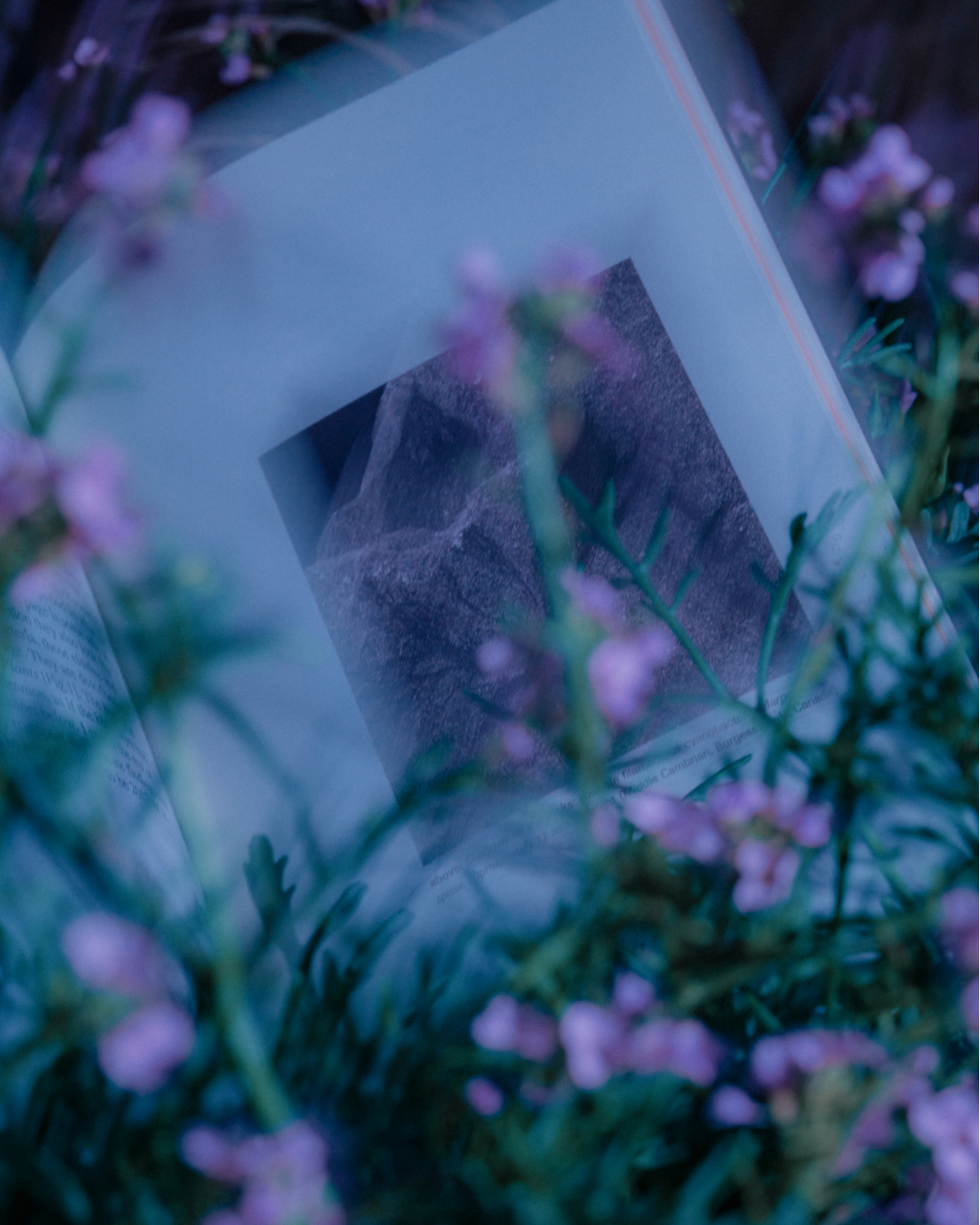
Landscape has a strong commitment to working exclusively with forward-thinking brands that seek to inspire positive change. Can you tell us why this is important to you, and speak to the power that designers have to generate change for the better?
There are still mysteries in our world. If you refresh our website enough times, you’ll find this quote: “You are a ghost driving a meat covered skeleton made from stardust riding a rock through space. Fear nothing.” It’s partially a joke, but in some ways it’s also as accurate an understanding of our world as we have. Which is also a bit hilarious. Life is an opportunity to explore and that opportunity should be available equitably. As a creative person, who is lucky enough to have my most basic needs met, I want to explore – I want my children to be able to explore, and it feels as though any person should be able to as well. It’s very hard to explore if your most basic needs are not met such as safety, sustenance, or shelter. Our clients tend to work across this spectrum – artists, scientists, entrepreneurs, advocates, and technologists all working to nurture both ends of this spectrum. From democratizing fundamental services to exploring the poetic potential of the universe.
Designers broadly have the opportunity to champion these positive and generous intentions. At Landscape, this translates into making the futures our clients know are possible, tangible, in the form of branding or experience design. We architect and craft design systems that help build momentum around these ambitious and often unfamiliar approaches to help solve complex challenges in our world.
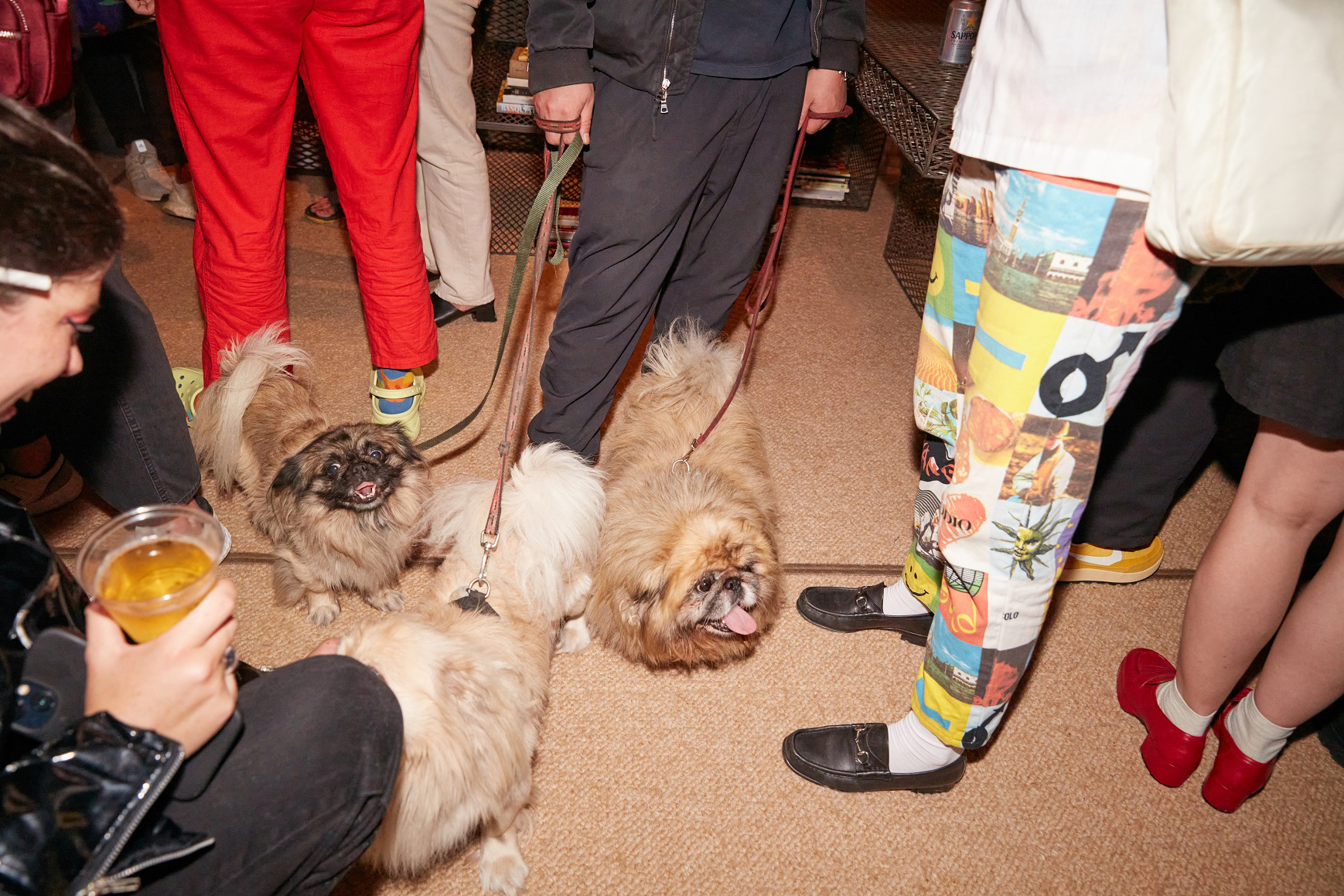
In a world facing increasingly complex challenges, where do you find energy and inspiration as a designer? How do you stay motivated to create positive change through your work?
Personally, I’m inspired by our clients at Landscape and my two young girls.
Our clients are generally focused on single, big challenges. They’ve committed a big portion of their lives to building up an expertise that may translate into a significant contribution to society's well-being. This focus comes with sacrifice – and I find this kind of commitment really inspiring. Similarly, through our work with these clients we’re exposed to very novel, positive ideas consistently. It’s a refreshing reminder that apathy is not universal, that change is always afoot, and that it's possible to participate.
My daughters, two and five respectively, are authentically themselves. They are endlessly expressive, constantly wondering, fantastically unbound in their art-making… It's a positivity that’s contagious and hard to keep up with. Parenting also requires a level of patience and resilience that I think puts the challenges we face at work in perspective.
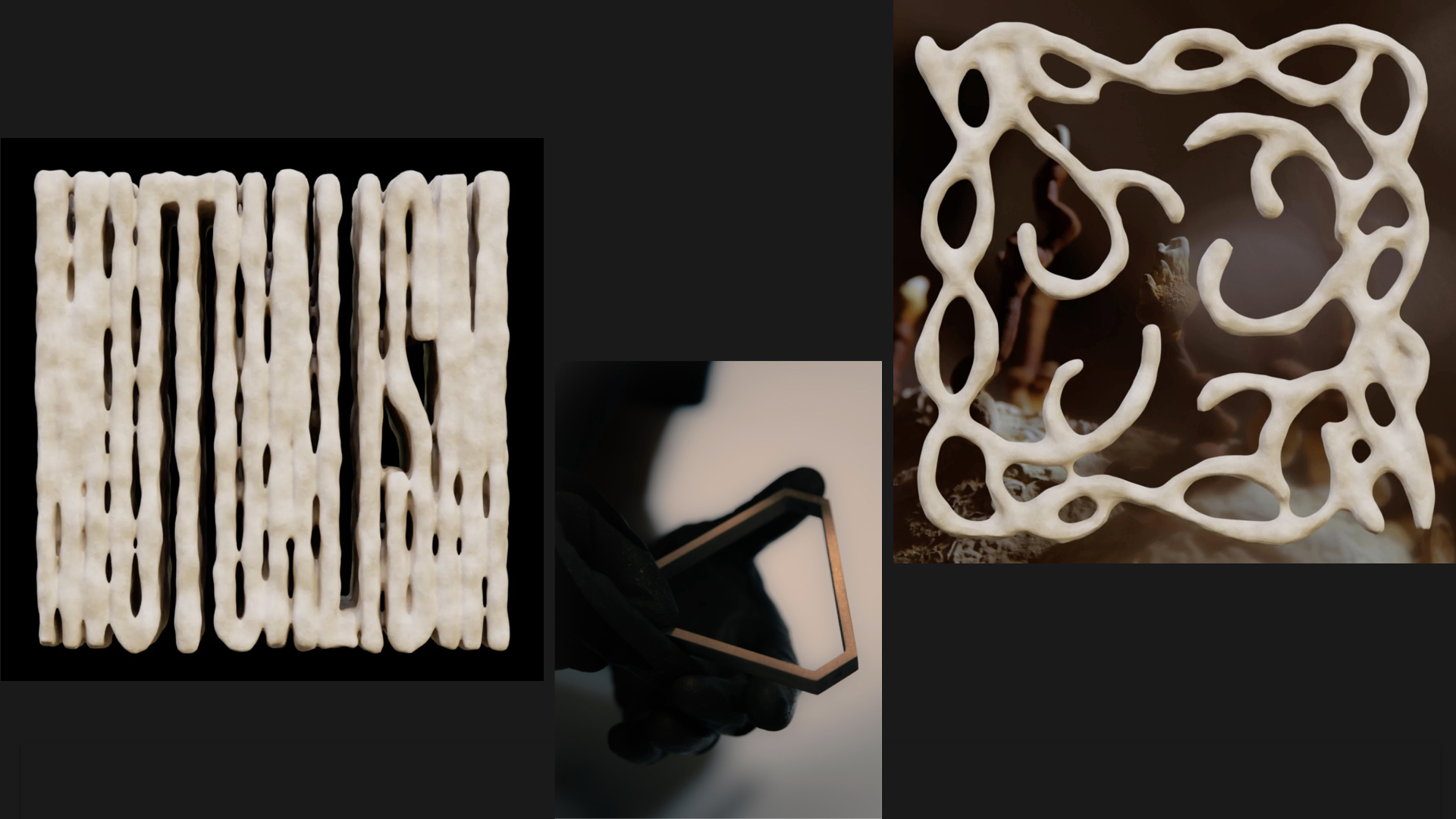
The creative studio is evolving rapidly. How do you see the future of the creative studio, and its role in shaping the future of design?
The tools will become so good and the resources so advanced that nearly anything will be possible. Because our lifespans have a fixed duration and we experience things in sequences (today at least), there’s only so much time to experience a limited set of events. How or who will decide what you participate with, or what you are persuaded by? Influence, authorship, human vs synthetic connection, and intentions – I think these themes will emerge as important ideas in the future.
Authentic, human creative input might become the non-replicable element of our experiences in the future. Even if AI or a synthetic proxy is as high-fidelity or indistinguishable. I’m not 100% certain how the creative studio organizes itself around these kinds of tools – but it’s something we’re beginning to explore at Landscape – already having delivered AI generated, photo-real content to one of our clients who is pursuing the future of truly sustainable fashion design and fabrication.
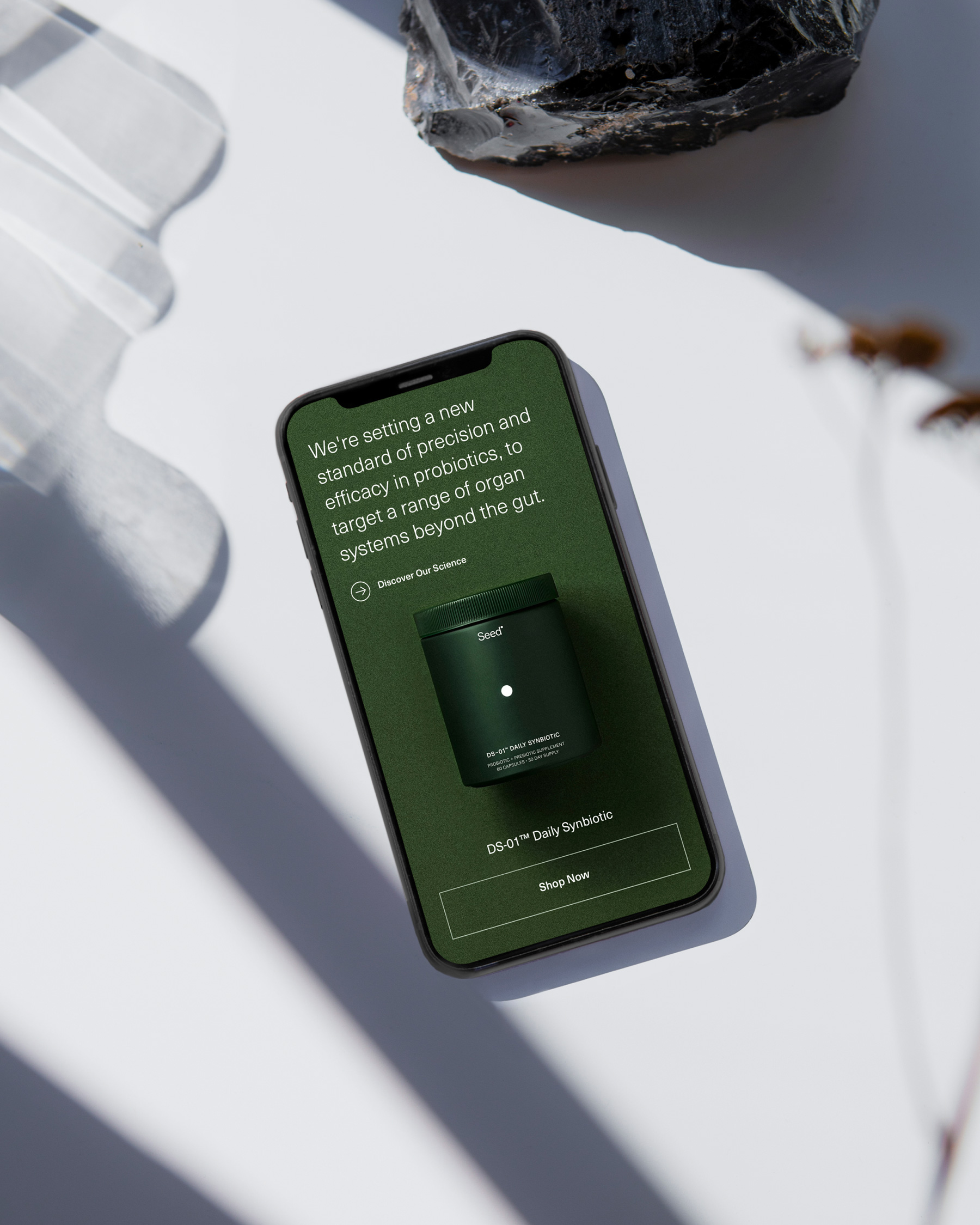
DOG is an experimental project space that celebrates creativity and fosters connection. Can you tell us more about how the studio space is designed to be a canvas for multiple potentials, and what inspired you to undertake a project of this nature?
Years ago in San Francisco, two friends ran a now-defunct design studio and gallery that brought my favorite people together every month or so in the context of extremely well curated emerging and inspiring talents. It was personally fulfilling and professionally inspiring. I wanted to keep attending those events – and it seemed reasonable to believe that we might be able to carry that spirit forward.
In regards to the space as canvas – we decided that our existing space was one less variable to navigate while essentially creating a second company to manage alongside Landscape. Our interior design team challenged us to look beyond studio or exhibition space tropes – and we embraced this challenge in favor of a space that even between programming, sets a tone for interactions entering. We opted for a space that feels surprising in material, and in contrast to the exterior neighborhood, is warm, and intentional. This level of fidelity and intent sets a tone for the interactions our guests have with each other, the content of the programming, and the physical space itself. The furniture is modular, but I believe this comes secondary to the weight of the metal, the unexpected forms, and unique palette throughout. To a degree, the space demands that the programming adapts to the platform, and will be inherently unique because of its specific limitations.
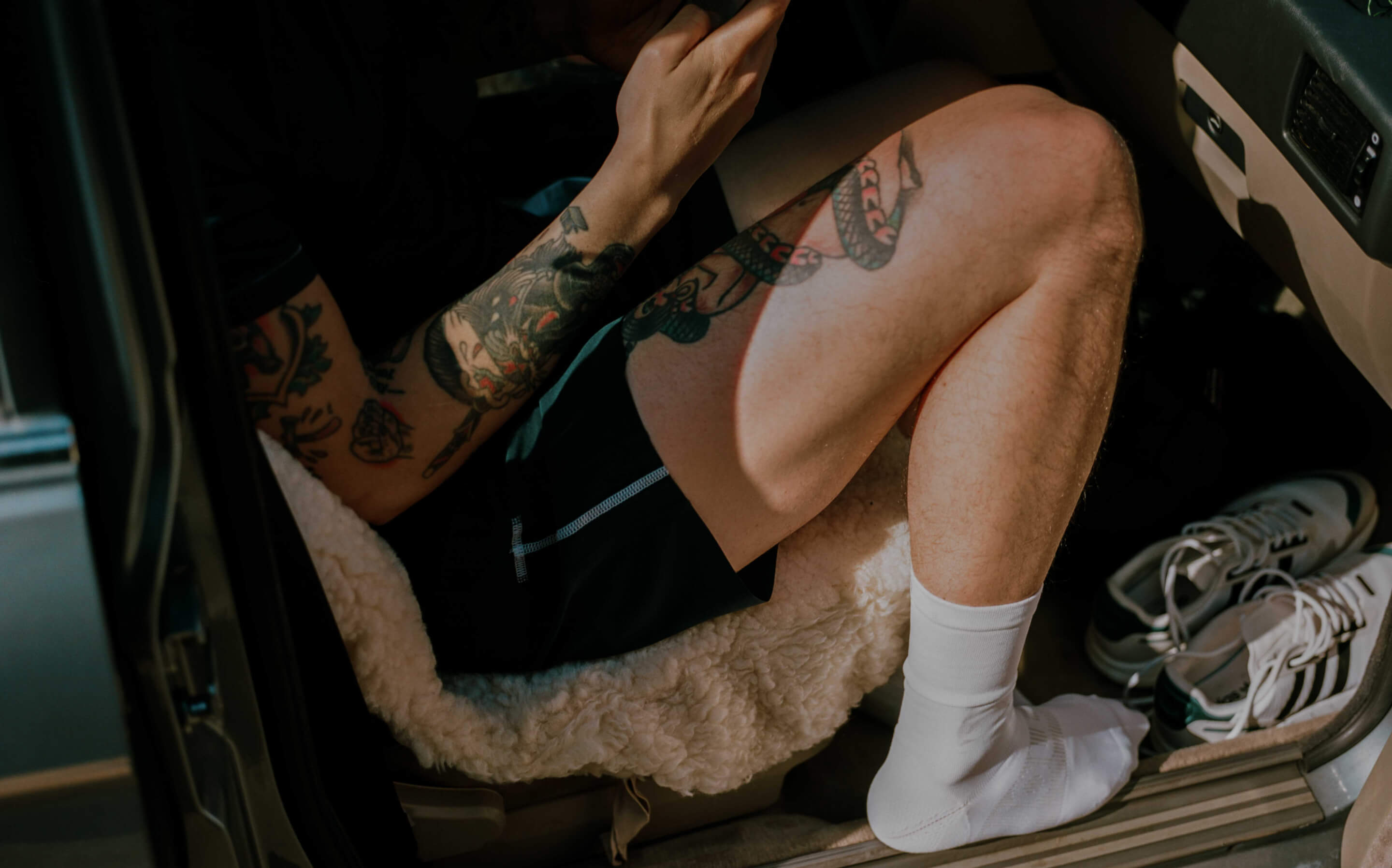
As the founder of a global studio, what is it like running the business while also raising two young daughters? How do you balance your personal and professional life, and how do your daughters influence your work?
I believe the work at Landscape has only gotten better with the introduction of each new family member. Though if you asked me prior to my daughters’ births, I never would have assumed that to be possible. To have less time means you have to use it carefully and I’m much more strict with how and when I’m working in comparison to my pre-kids era. I’m at nearly every dinner, I clock out for self-care, I drop them off at school three days a week.
Our team has also been together a long time, we really take our time hiring carefully, and that’s meant the processes have gotten more efficient and more effective. We also invest in benefits and roles to support the quality of our team’s work-life balance. I hope the studio can nurture the lives of our team and be a place that affords them the opportunity to contribute their skills to the world in a meaningful manner and find their own individual inspirations outside the studio – with family, art, surfing, travel, etc… whatever shape it might take.
For me, to see my girls walk (read: run) into DOG and demand paper and pencil so they can contribute is a special kind of reminder that we’re tapping into something worthwhile.
-
